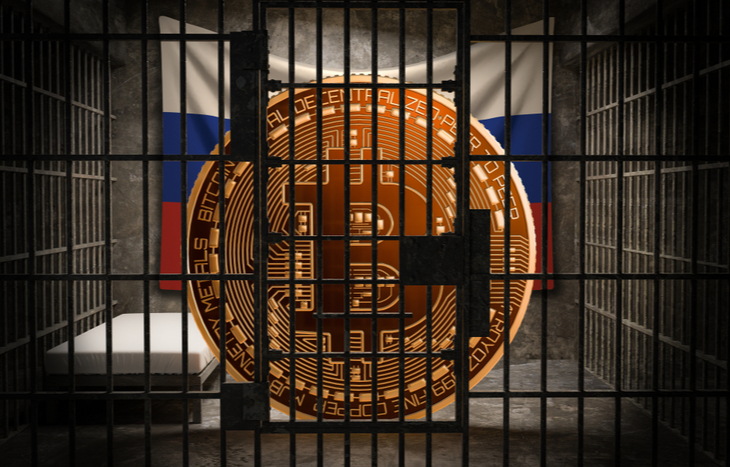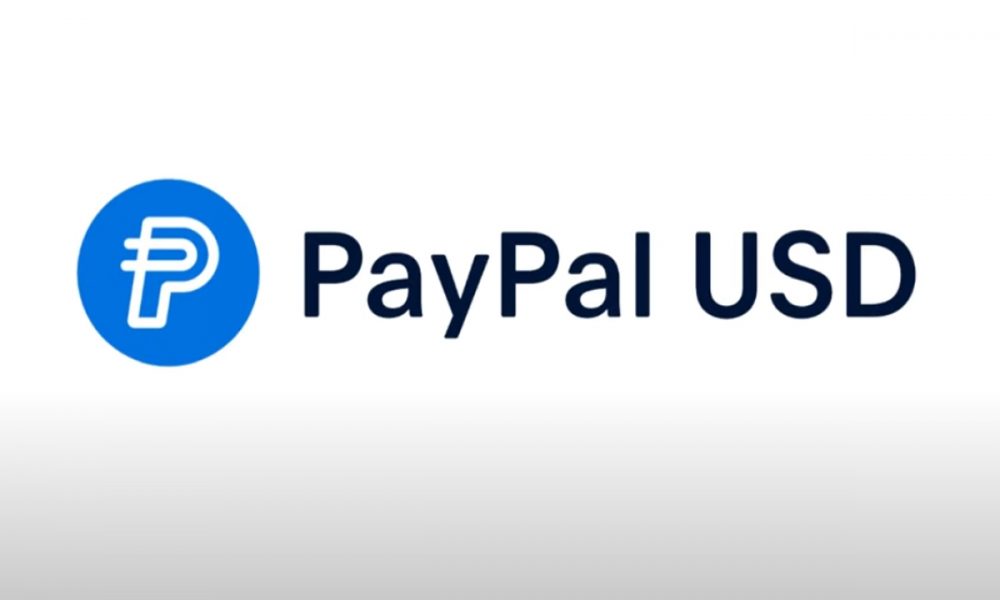There’s no denying the impact that blockchain networks like Bitcoin and Ethereum have had on the world of technology. Decentralized networks have drawn the attention of companies across the globe that have become susceptible to cyber attacks that can compromise their users’ info.
The concept of a technology that can ensure the safety and security of important data transactions between both individuals and major corporations has raised a number of eyebrows, yet companies are still hesitant to commit to technology that is still in its infancy.
Improving on Existing Blockchain Tech
Factom was introduced in order to improve upon existing blockchain technology. Operating on the ledger of Bitcoin blockchain can tend to be slow and expensive process, especially when dealing with large transactions. Part of this is due to the time it takes for transactions to be confirmed through the process of mining. The creators of Factom felt that the time had come to address these issues.
There are a variety of problems that Factom attempts to revolutionize. As technology progresses, traditional ledgers and records are slowly becoming a thing of the past. Ledgers run by large institutions have shown that they are susceptible to cyber attacks and can be altered by corrupt individuals. The goal of Factom is to achieve an indisputable ledger, that is immune to being altered, thus ensuring financial and data security.
History of Factom
Factom was originally introduced as Notary Chains in August of 2014 and eventually became Factom. Factom was named after the Latin word factum, which means anything stated and made certain. The goal was to create transparency across a global network to ensure secure and honest data transfers. The idea is to maintain private data, while securing wealth and eliminating fraud, corruption, and forgery.
Throughout history there have been countless documented instances of financial fraudulent activity that have led to major issues across a number of countries. Things like tax evasion, corruption, and stock market crashes are all major issues that persist despite significant advances in technology. Factom’s creators sought to address these concerns following the United States’ stock market crash in 2008.
The idea was simple: “What if we created a ledger that, indisputably, tracked all records, both financial and personal?” By creating a shared ledger across the globe, Factom could eradicate financial inaccuracies, while curing a number of financial fears and maintaining the security of personal documents.
How Factom Works
Factom uses blockchain technology to store data other than currencies across an open source decentralized network. Like any decentralized network, Factom’s strength is in its ledger. The open source network allows users to review the history of the ledger and maintain its integrity.
Whereas Bitcoin looks to secure currency transactions, Factom secures all data by encrypting it and assigning it a unique fingerprint. This Data can be a number of different things. It can be financial transactions, any document or computer file, and so forth. The options for storing data on Factom are virtually endless.
Factom guarantees secure records through three different proofs: Proof of Existence, Proof of Process, and Proof of Audit. Proof of Existence confirms that a document has existed in the form presented on the blockchain at some point in time. Proof of Process assures that a document existed and is linked to the new updated form of that document. Proof of Audit states that an updated document can be verified to have changed according to a set of rules. These proofs combine to make up the secure ledger that is Factom.
Another key component in Factom’s network is its built-in layers of security. By utilizing a number of popular blockchains, like Bitcoin’s, Factom is able to combine a security across a number of open source networks. By layering these blockchains, Factom can offer a level of security that traditional blockchains do not offer. For example, a user who is uploading a file through Factom is able to create the hash, or block, across not just Factom’s network but also Bitcoin’s. Factom is simply taking the existing ledger and using it for a new purpose.
Unlike a number of popular cryptocurrency blockchains, Factom does not use mining as a way of confirming transactions or adding data to the existing blockchain. However, Factom does allow people to set up a profile in Factom in order to contribute servers or computing power, much like miners would for Bitcoin.
Factoids
In order to exchange data or write data to the ledger, users must pay a small fee. Factoids are the name for Factom’s digital currency. Anyone who is interested in using Factom to store data is required to use Factoids to purchase the amount of space the want on the blockchain. Factoids are converted into something called Entry Credits, which allows users to assign enter documents to the public key, thus creating data on the blockchain. The system will automatically convert the Factoids to Entry Credits, so users don’t have to worry about the process being difficult.
Factoids do hold their own value, but remain a relatively small fish in a big pond when it comes to cryptocurrency value. As of June 2017, its unit price was $29.60. Factoids also have a Market Cap , which means the number of units that will be created is limited to $259,115,290. The value of Factoids will increase as the value of Factom space increases. As more and more people invest in Factom’s technology, then the value of the ledger increases, thus driving the price up.
The Future of Factom and Factoid
One of Factom’s biggest weaknesses is that it’s still relatively new. Factom offers a lot of intriguing, real-life applications, for not just typical users but also governments and other large businesses. However, these institutions are hesitant to utilize it, due to the fact that it has yet to be proven. As more major businesses adopt Factom, the more it will legitimize its applications. One example of the power of this technology is a project that Factom worked on involving Project Gutenberg. Factom took, what was at the time, a digital library consisting of more than 29,000 books and stored them all in a single hash, a task that would otherwise be impossible.
Factom offers a unique option for businesses looking for alternatives to storing important and sensitive data. Through the open source network, Factom establishes a level of self-checking that ensures that all transactions and processes are secure and agreed upon by all parties. For anyone interested in securing their data or any of their transactions, Factom offers a serious option to consider.
Like other cryptocurrencies, Factom and Factoids have seen a staggering amount of success over the past few years, with their value nearly tripling between 2016 and 2017. If this trend continues, the value of storing data on Factom’s open source network will increase, making it a serious contender in terms of blockchain technology.









